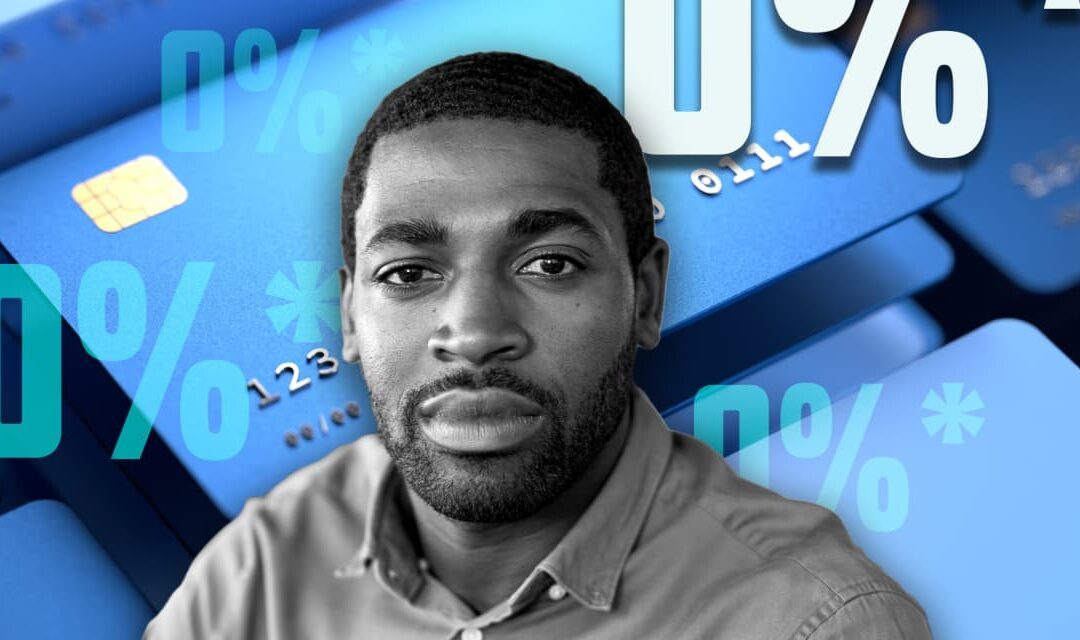People who are carving down credit card debt in 2024 will need their own action plan filled with budgets and smaller repayment goals along the way.
With interest rates as high as they are, a 0% balance transfer credit card may help too.
Just be on the lookout for the fine print and the rates that follow that initial 0%.
Balance transfer cards are “my favorite debt pay off tactic,” said Ted Rossman, senior industry analyst at Bankrate.
Even as card issuers tighten their standards and card delinquencies increase, Rossman said he’s “pleasantly surprised” by the wide availability of balance transfer card offers.
A lot of cards have a balance transfer offer paired with other incentives like points and rewards, Rossman said. But cards like the Citibank
C,
Simplicity card, the Wells Fargo
WFC,
Reflect card and the U.S. Bank
USB,
Visa Platinum card are more straight ahead examples, he said.
Here’s the deal on these types of credit cards.
They load on the balances from other cards and typically lump in a transfer fee that’s 3% – 5% of the balance. Then there’s the introductory 0% annual percentage rate, which usually lasts for nearly two years. The Citi, Wells Fargo and U.S. Bank cards all offer a 21-month window of 0%.
After that, the APRs climb substantially and can easily blow past the rate on many other cards.
For instance, the Citi Simplicity card says its APR could range from 19.24% to 29.99% while the U.S. Bank card says its rate ranges from 18.74% to 29.74%. At Wells Fargo, the rate after 0% is either 18.24%, 24.74% or 29.99%.
In all cases, a person’s rate depends on what their credit score looks like.
For comparison, Federal Reserve data shows all credit cards carrying a balance in the third quarter had an average 22.7% APR.
The 0% offer is “a marketing device” for banks that brings in customers, said Rossman. “They are betting a lot of these people are not going to pay the full amount.”
Still, the cards can offer a good shot at reducing debt. The high rates in waiting are “not really a gotcha,” said Rossman. “It’s just a part of the deal. There’s a way to use this to your advantage.”
Consider an example: Cardholders who didn’t pay in full each month had a revolving balance average of $6,088 in the third quarter, according to TransUnion
TRU,
In 21 months with no interest charges, someone would have to pay nearly $290 each month to pay off that $6,088 balance.
Now apply a 22.7% APR, the average rate on revolving balances in the third quarter, according to the Fed. Here, a person would have to pay almost $354 every month for 21 months to wipe off the balance. Nearly $1,350 would go to interest.
People with credit scores of at least 670 and unpaid balances up to $5,000 could be good candidates for the cards, Rossman. “I think you should be comfortable managing money on your own. This is really a DIY solution,” he said.
To be sure, there’s other ways to fight credit card debt. Seeking out help from a non-profit credit counselor is one move. Another move could be taking out a personal loan with a rate that’s lower than the credit card APR.
“We encourage customers to seek the financing options that make the most sense for their budget and situation, but for those who are looking for a low-rate credit card, we make that option available through our U.S. Bank Platinum Visa,” said a U.S. Bank spokesperson.
Related: Want to get rid of your credit-card debt in 2024? Here’s your action plan.








